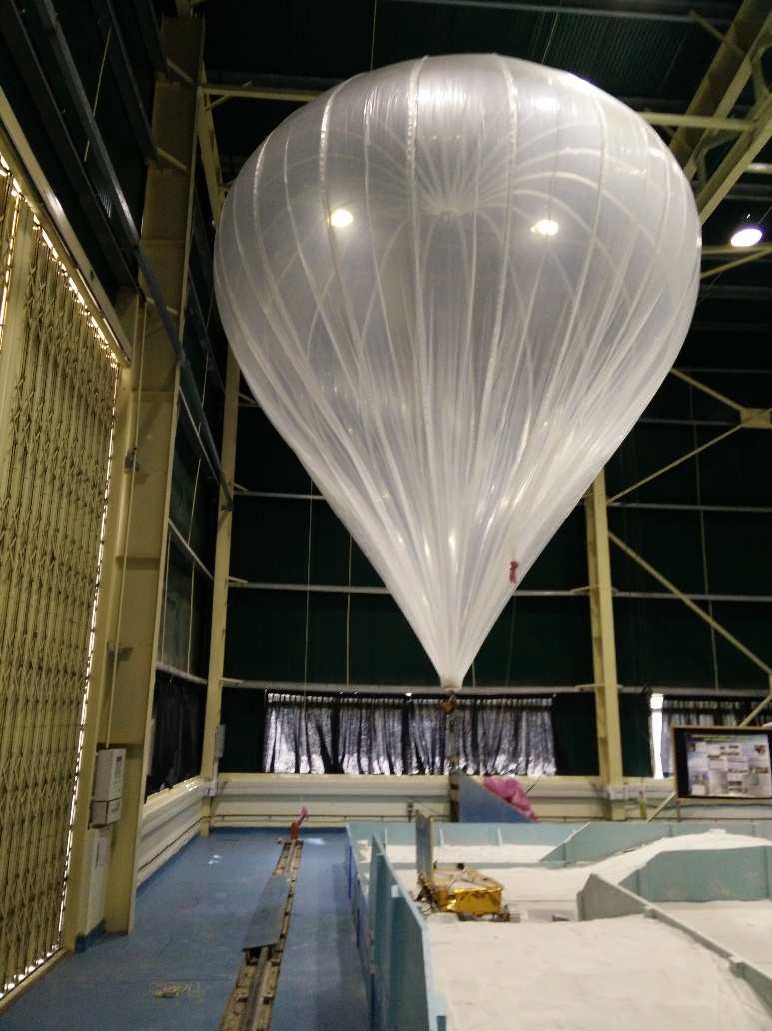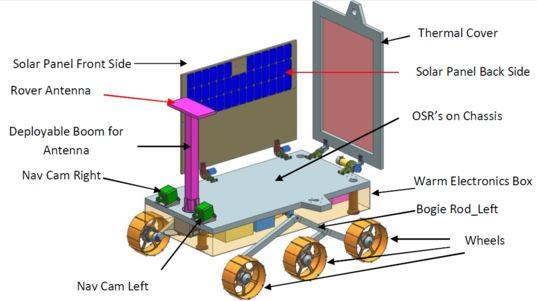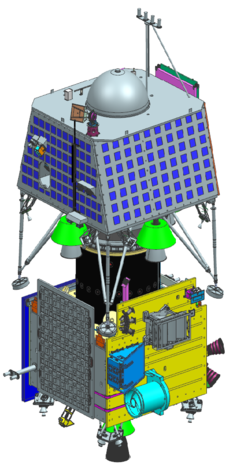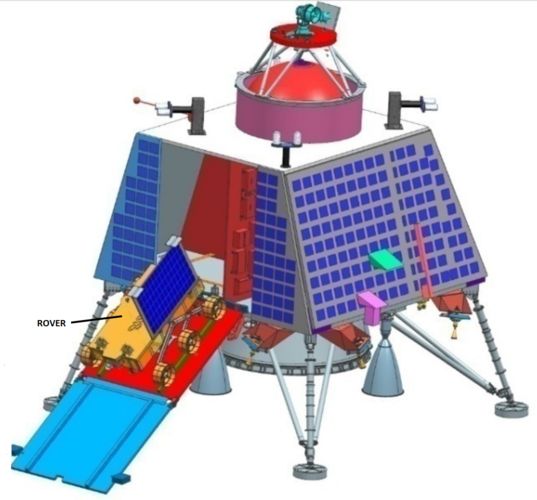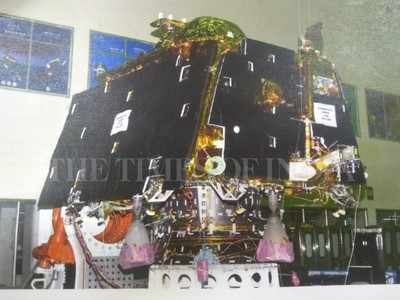The Indian Space Research Organisation (ISRO) is planning to launch Chandrayan-2 Mission, the country’s second mission to moon, around April this year and will cost around Rs 800 crore, the government said Friday.
Chandraayan-2 will be different from the agency’s maiden launch in 2008 as for the first time it will carry an orbiter, a lander and a rover to the moon.
The Chandrayaan-2 is a totally indigenous mission comprising of an Orbiter, Lander and Rover. After reaching the 100 km lunar orbit, the Lander housing the Rover will separate from the Orbiter. After a controlled descent, the Lander will soft land on the lunar surface at a specified site and deploy a Rover.
The six-wheeled Rover will move around the landing site in semi-autonomous mode as decided by the ground commands. The instruments on the rover will observe the lunar surface and send back data, which will be useful for analysis of the lunar soil. Collection of soil and rock sediments is not planned in this mission.
Chandrayaan-2 launch expected in April
ISRO's Chandrayaan 2 Mission launch in April, to aim for moon's south pole
Chandraayan-2 will be different from the agency’s maiden launch in 2008 as for the first time it will carry an orbiter, a lander and a rover to the moon.
The Chandrayaan-2 is a totally indigenous mission comprising of an Orbiter, Lander and Rover. After reaching the 100 km lunar orbit, the Lander housing the Rover will separate from the Orbiter. After a controlled descent, the Lander will soft land on the lunar surface at a specified site and deploy a Rover.
The six-wheeled Rover will move around the landing site in semi-autonomous mode as decided by the ground commands. The instruments on the rover will observe the lunar surface and send back data, which will be useful for analysis of the lunar soil. Collection of soil and rock sediments is not planned in this mission.
Chandrayaan-2 launch expected in April
ISRO's Chandrayaan 2 Mission launch in April, to aim for moon's south pole

